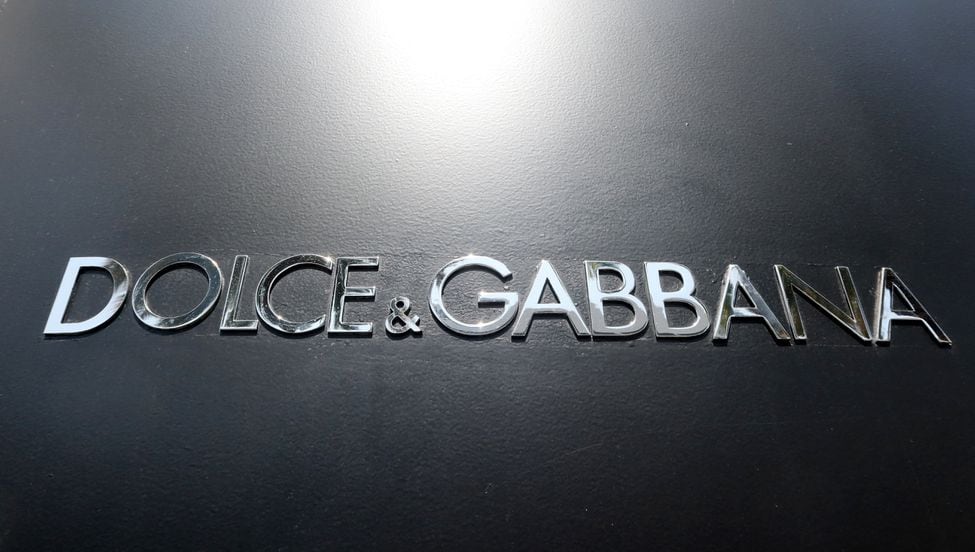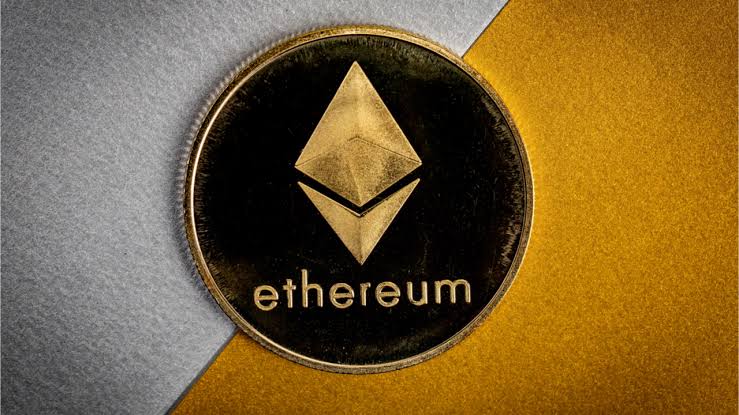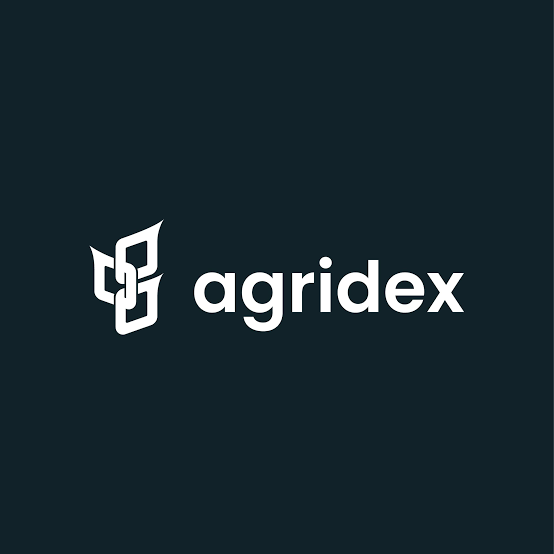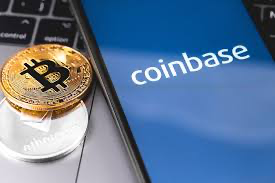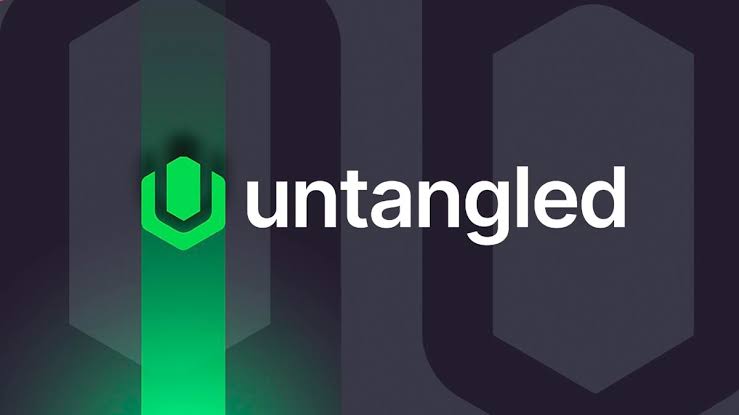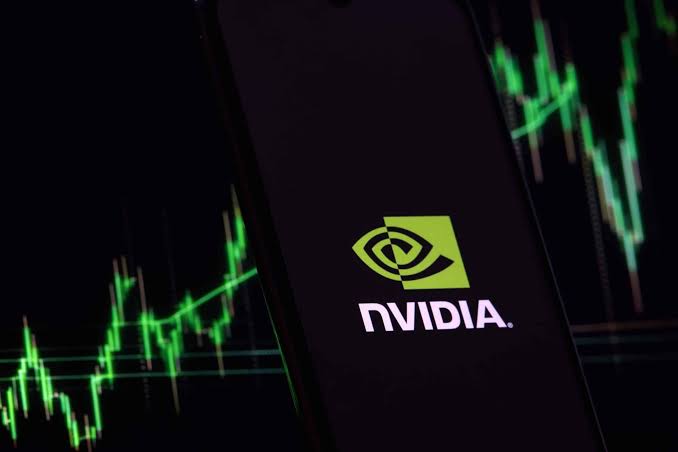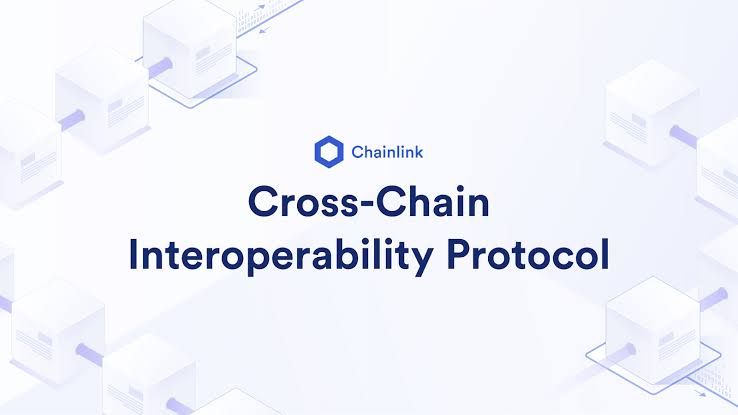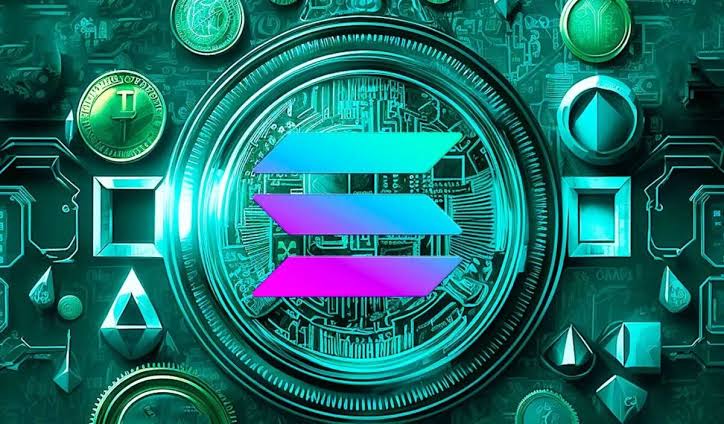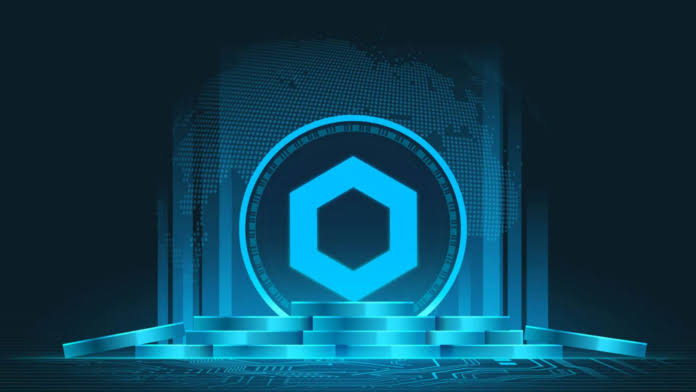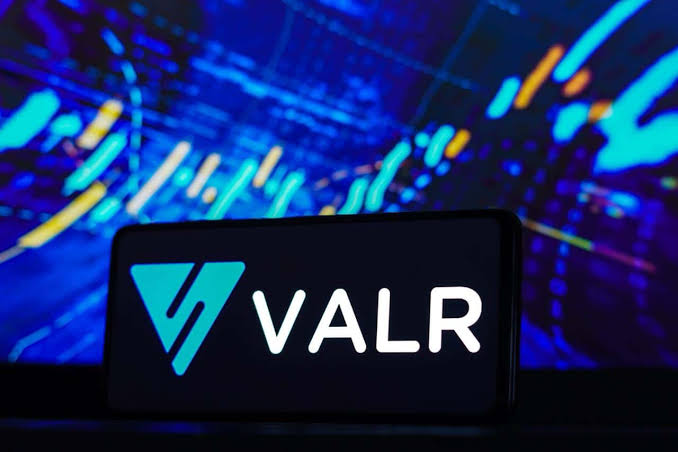Dolce & Gabbana Files Lawsuit for Inadequate NFT Delivery: Bloomberg
According to Bloomberg, Dolce & Gabbana USA is being sued for allegedly making mistakes with the non-fungible token (NFT) delivery process. The asset was purchased by the customer for $6,000. According to the story, Luke Brown filed a lawsuit in the Southern District of New York on behalf of other people who purchased digital assets from the NFT initiative after losing $5,800 on the NFTs he purchased. According to the complaint, the business advertised the NFTs by informing consumers that purchasing DGFamily NFTs would give them access to a variety of digital incentives, tangible goods, and special events. On the other hand, the NFTs arrived later than expected. The buyer claimed that the NFTs included clothing for wearing in the metaverse, however the report stated that the digital clothing that arrived 20 days later than expected “could be used only in a metaverse platform with barely any users.” According to the complaint, Dolce & Gabbana did not obtain prior consent from the NFT marketplace UNXD, which prevented the digital costumes from being used for an additional 11 days after their release. When CoinDesk asked for comment, Dolce & Gabbana and UNXD—an additional defendant in the case—did not get back to us right away.


